
Injection Molding Stress: Causes, Solutions, and How To Prevent Defects
Eliminate warping and cracking. HordRT explains the causes of injection molding stress (flow vs. thermal) and offers DFM solutions for defect-free parts.
Blogs

Eliminate warping and cracking. HordRT explains the causes of injection molding stress (flow vs. thermal) and offers DFM solutions for defect-free parts.
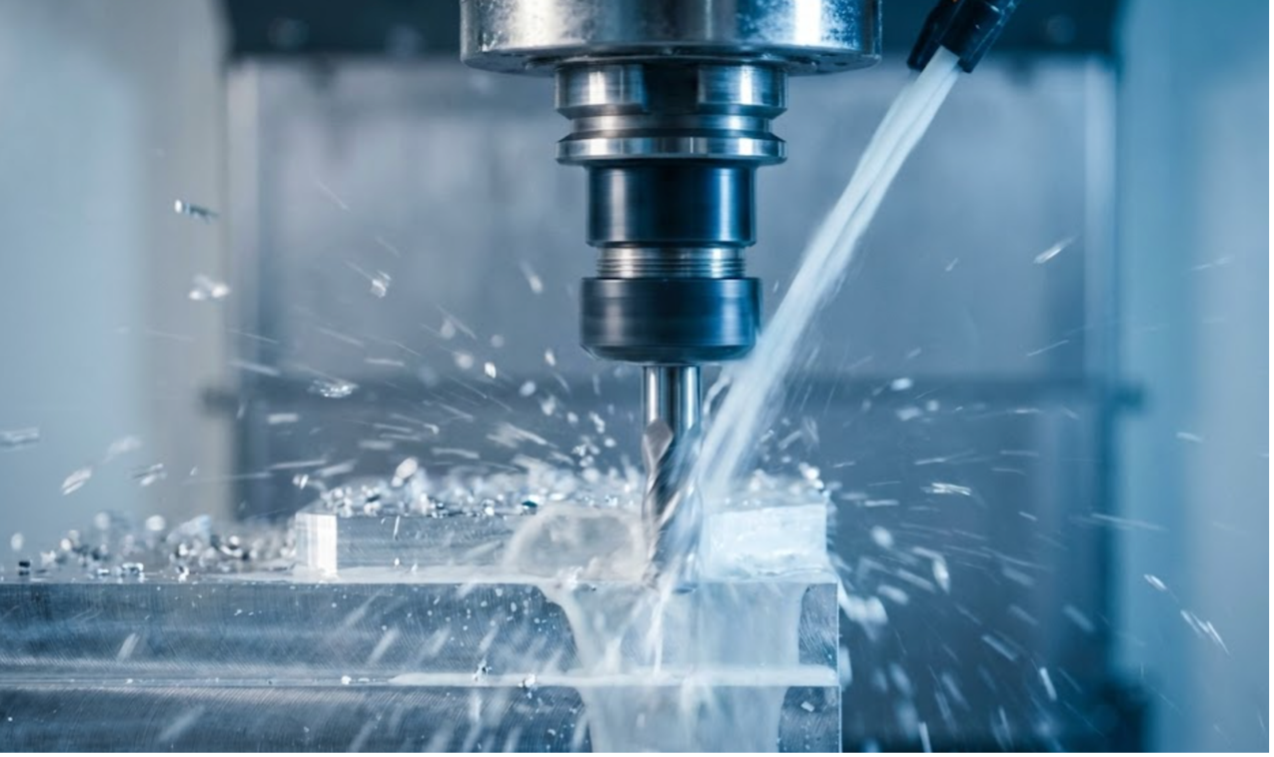
Discover which parts excel with vertical milling. From flat surfaces to complex pockets, explore HordRT’s precision CNC capabilities, material options, and design tips.
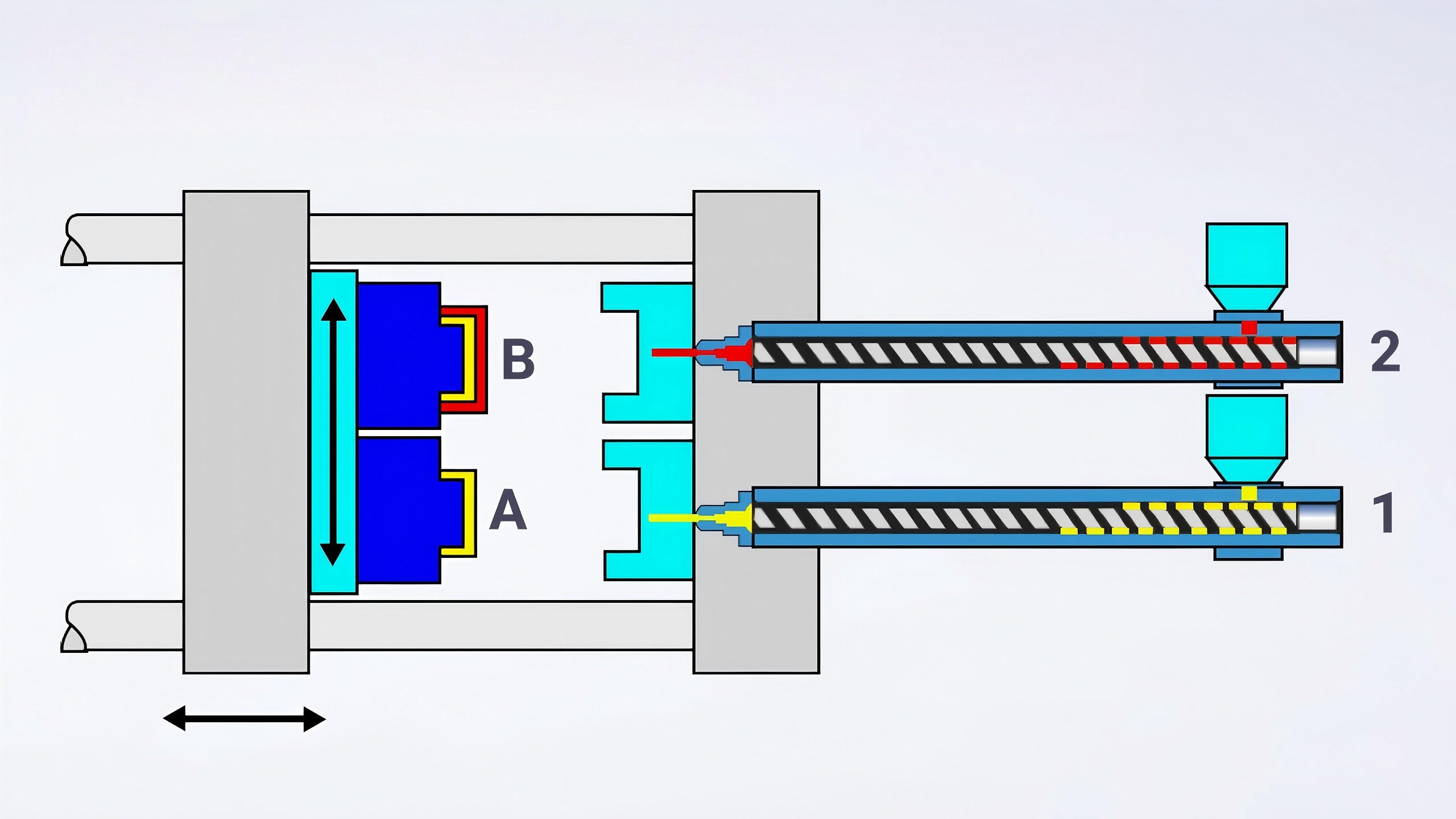
Explore the benefits, applications, and techniques of multi-material and two-color injection molding, and learn how HordRT can support your manufacturing needs.
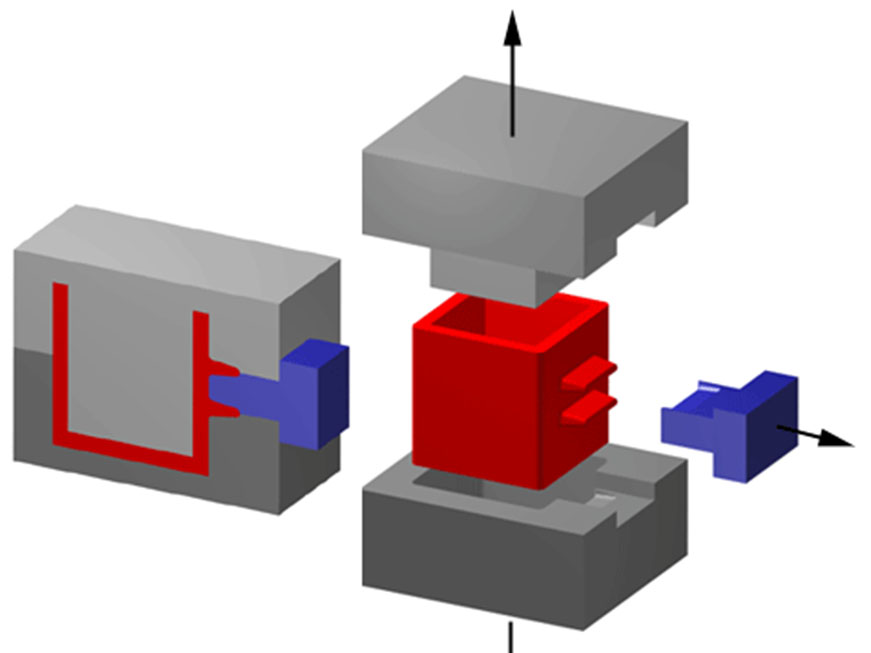
Design better injection-molded parts with side actions. Learn types, applications, design rules, and cost considerations to optimize complex plastic components.
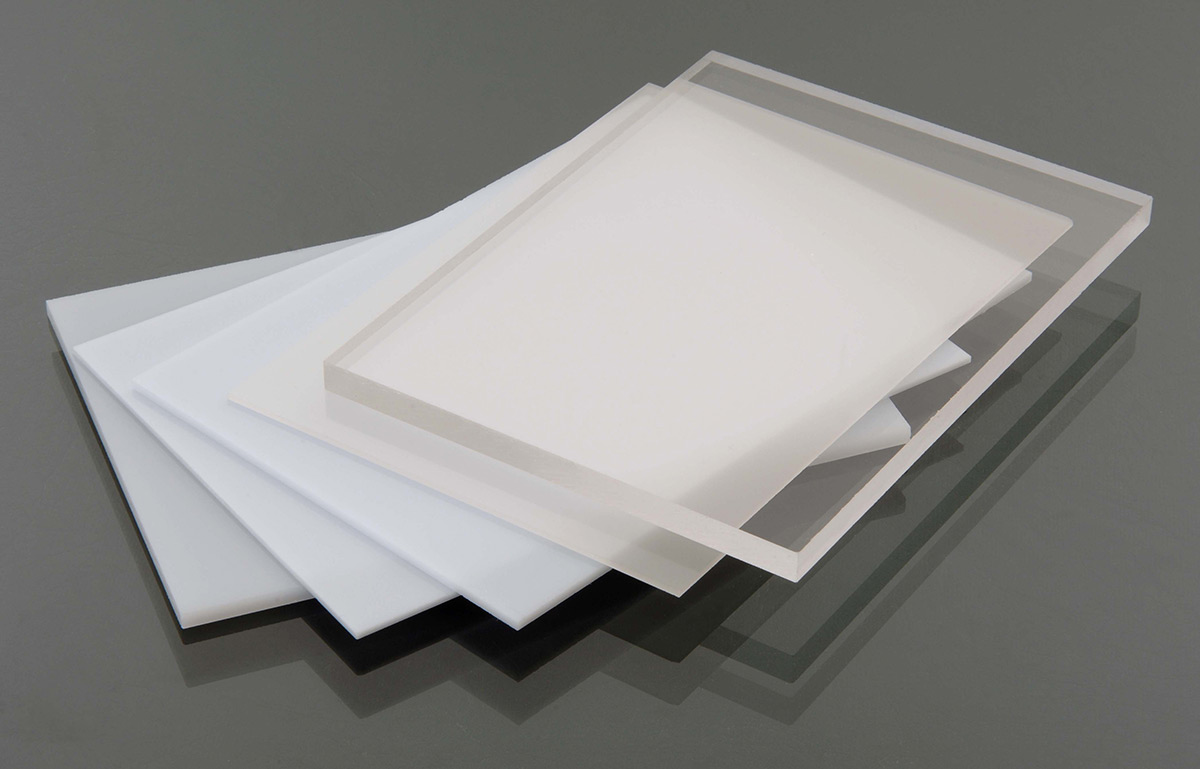
Comprehensive guide to polycarbonate injection molding: key processes, parameters, benefits, defects, and major industrial applications.
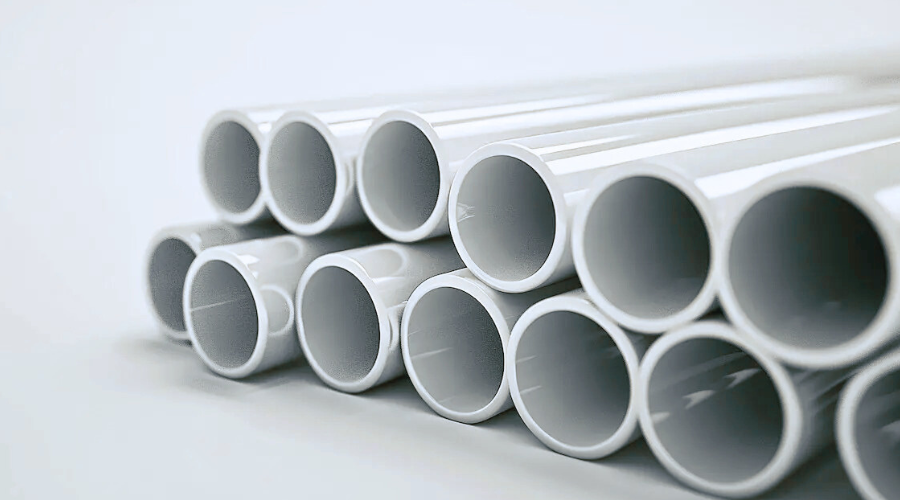
Learn how PVC injection molding works, its benefits, and key applications across industries like construction, automotive, and medical manufacturing.

High-pressure die casting (HPDC) is a popular manufacturing process used to produce complex and high-precision metal parts, particularly for industries like automotive, aerospace, and consumer electronics. In this article, we will explore the key benefits and drawbacks of high-pressure die casting to help manufacturers and customers determine if it’s the right fit for their production needs.
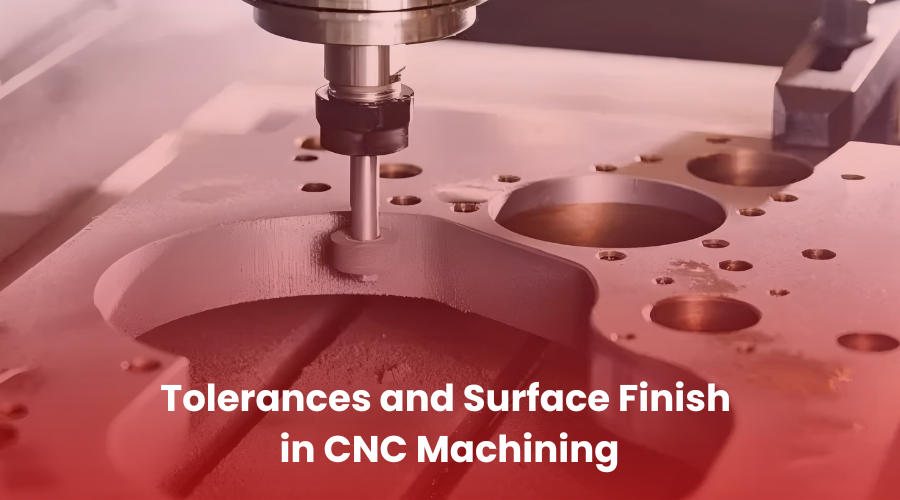
CNC machining is known for its precision and versatility, but two critical aspects that can make or break the success of any machining project are tolerances and surface finish. These factors determine the functional and aesthetic quality of machined components. Understanding how to achieve desired tolerances and surface finishes is important for manufacturers looking to meet client specifications, maintain cost-efficiency, and ensure the reliability of machined parts.

CNC is one of the most vital innovations in contemporary production since it offers precise and computerized cutting of parts. This article aims to talk about 3-axis vs 5-axis CNC machining, giving a comparison of their techniques, their descriptions, and information about their application
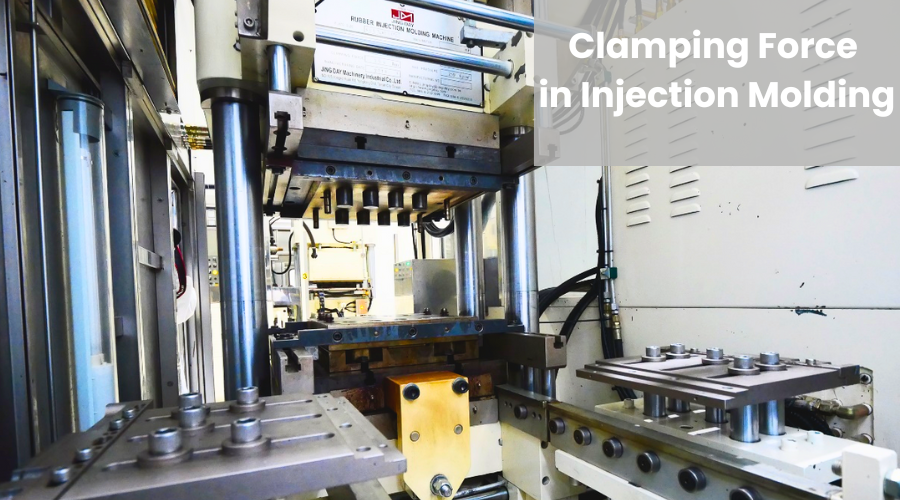
Injection molding is a significant manufacturing method.This article will advance the understanding of the clamping forces in injection molding, how to determine them, as well as why it is essential to collaborate with the top injection molding company.

Surface finishing is a crucial factor in the performance and appearance of injection-molded parts, affecting both functionality and aesthetics across industries such as automotive, consumer electronics, and medical devices. This article examines surface finishing standards in injection molding, with a focus on the widely recognized SPI (Society of the Plastic Industry) standards.
Let us help you provide high quality parts in short time. Get your project started now!
Phone: +86 760 8612 9998
Tue–Sat, 8:30 AM–5:30 PM, CST
Mobile Phone:+86 198 0680 9560
Jessica; 8:30 AM–11:00 PM, CST
NO.222, YIXIAN ROAD, THE SIXTH INDUSTRIAL ZONE, NANLANG STREET, ZHONGSHAN CITY